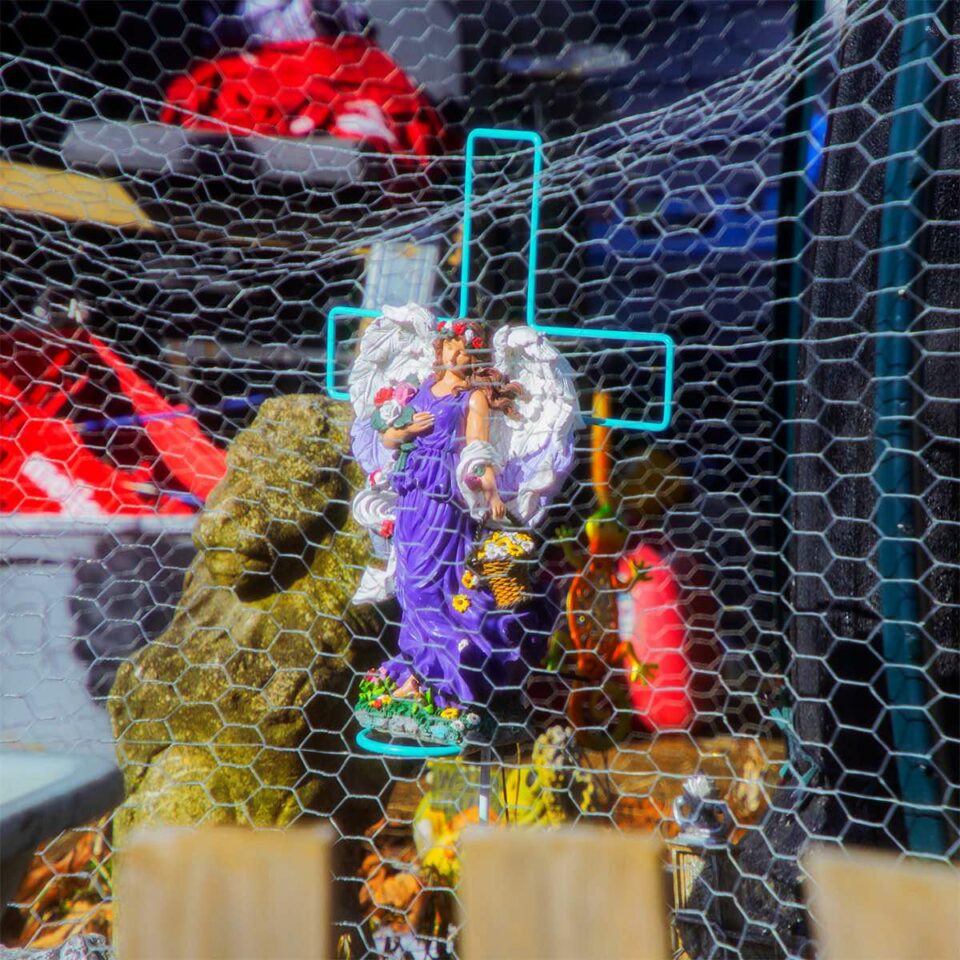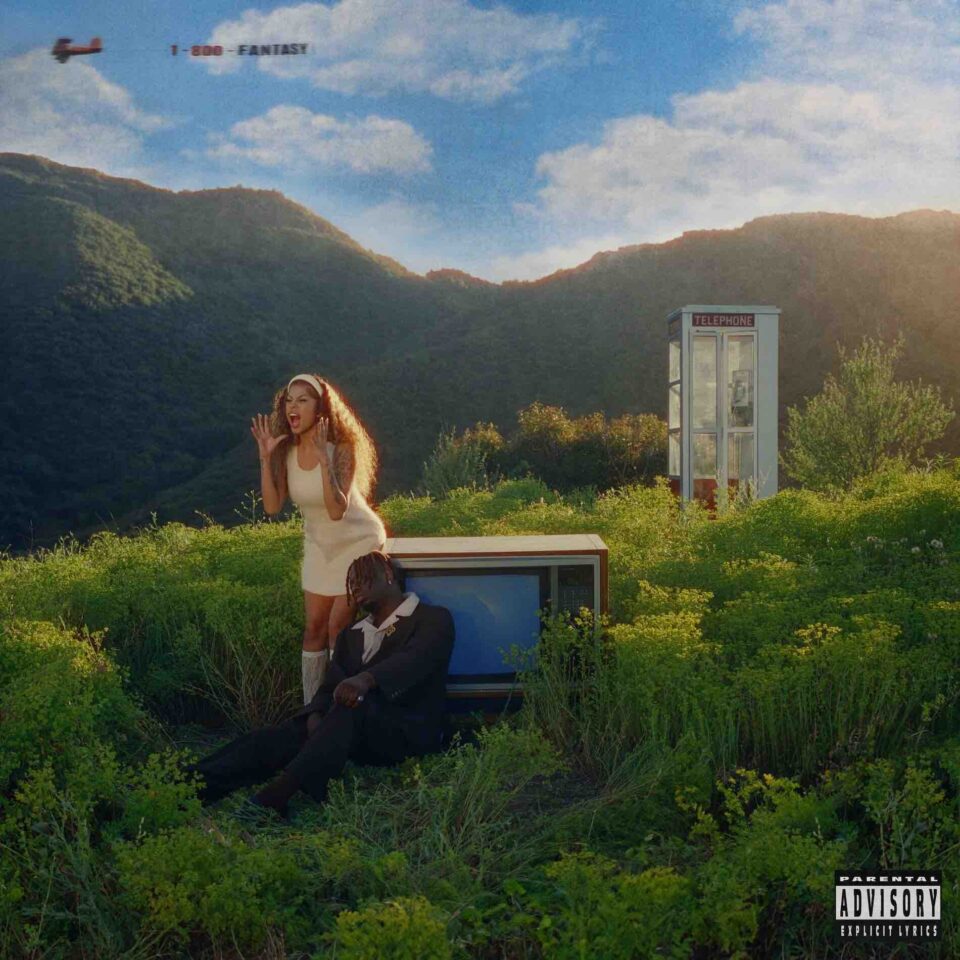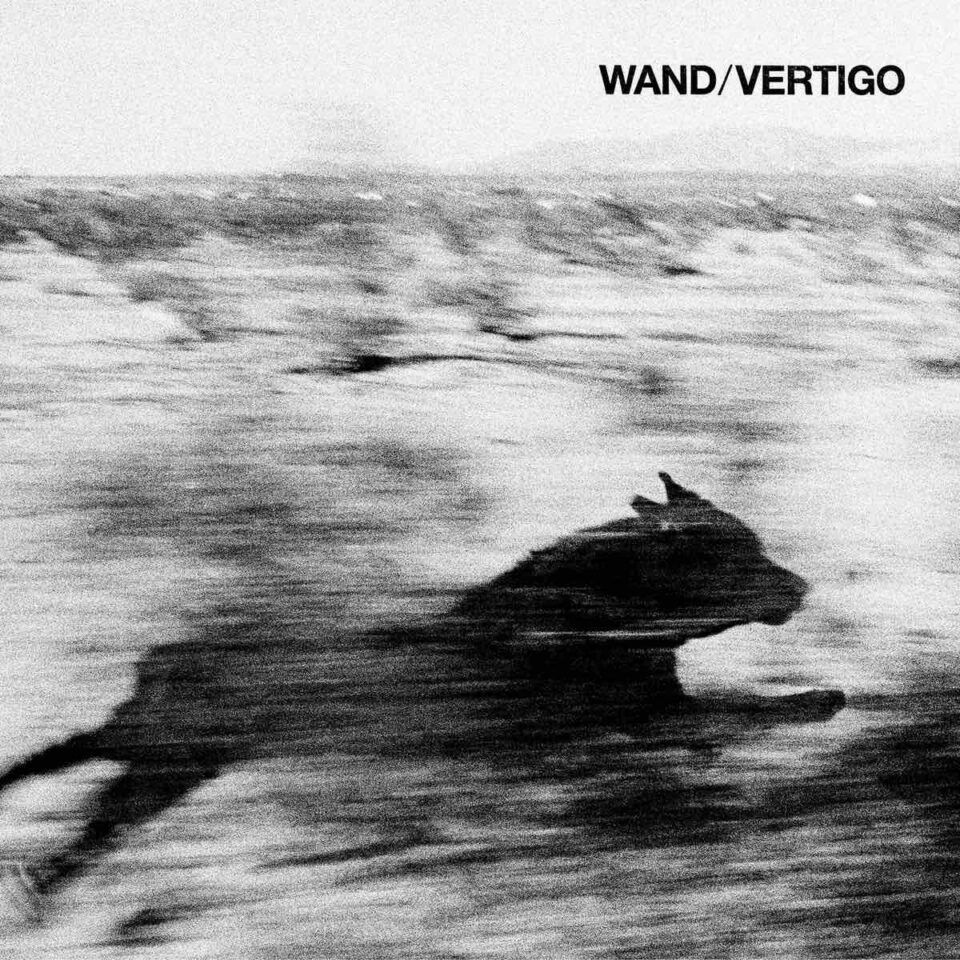As rock’s most cantankerously blasé character—“never call me a producer” was his mantra, opting instead for workman-like “engineer” and “recorded by” credits—it’s shocking, and thrilling, that Steve Albini’s brown-paper, bluntly aggressive sound had the ability to lift the tone of so many different albums, his own Big Black and Shellac projects included. If he had only crafted Pixies’ 1988 classic Surfer Rosa with its drastically under-produced sound and non-studio frippery (recording in bathrooms for echo, pushing Black Francis’ voice through guitar amps for ragged effect), Albini would’ve built the foundation of ’90s alternative rock furthered by Nirvana’s In Utero and PJ Harvey’s Rid of Me. Allowing the artist to steer the DIY savagery of their albums with no tricks, just explicit hit-it-and-quit-it energy, is what made Albini magical.
Dying as he did at 61 from a heart attack on the eve of his first new Shellac album since 2014 (To All Trains, which arrives next Friday) seems like an Albini thing, something to show his mettle without having to discuss it. Here’s just a taste of Albini’s most definitive—and therefore modern music’s most unequivocally determinate—classics.

Big Black, Lungs (1982)
The crushingly acerbic EP that started it all for Albini, as he recorded and played almost all of Big Black’s instruments and forged an undercurrent of lo-metal noise that would define much of his work until his death.
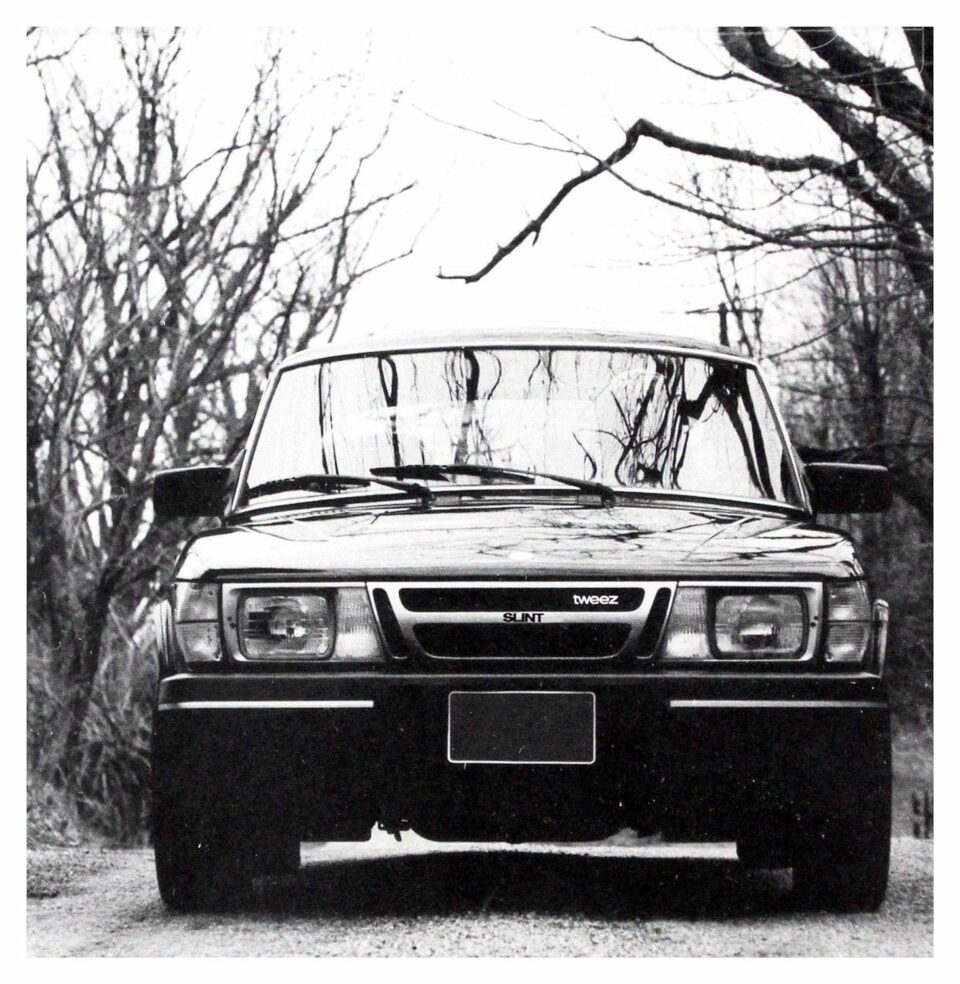
Slint, Tweez (1987)
The white-noise-tinged toast of Louisville (starring whisper-to-screamo vocalist Brian McMahan and sync-guitar king David Pajo) was blessed by the gift of complex song structures and deeply pulsating rhythm—all the better for Albini to exploit.
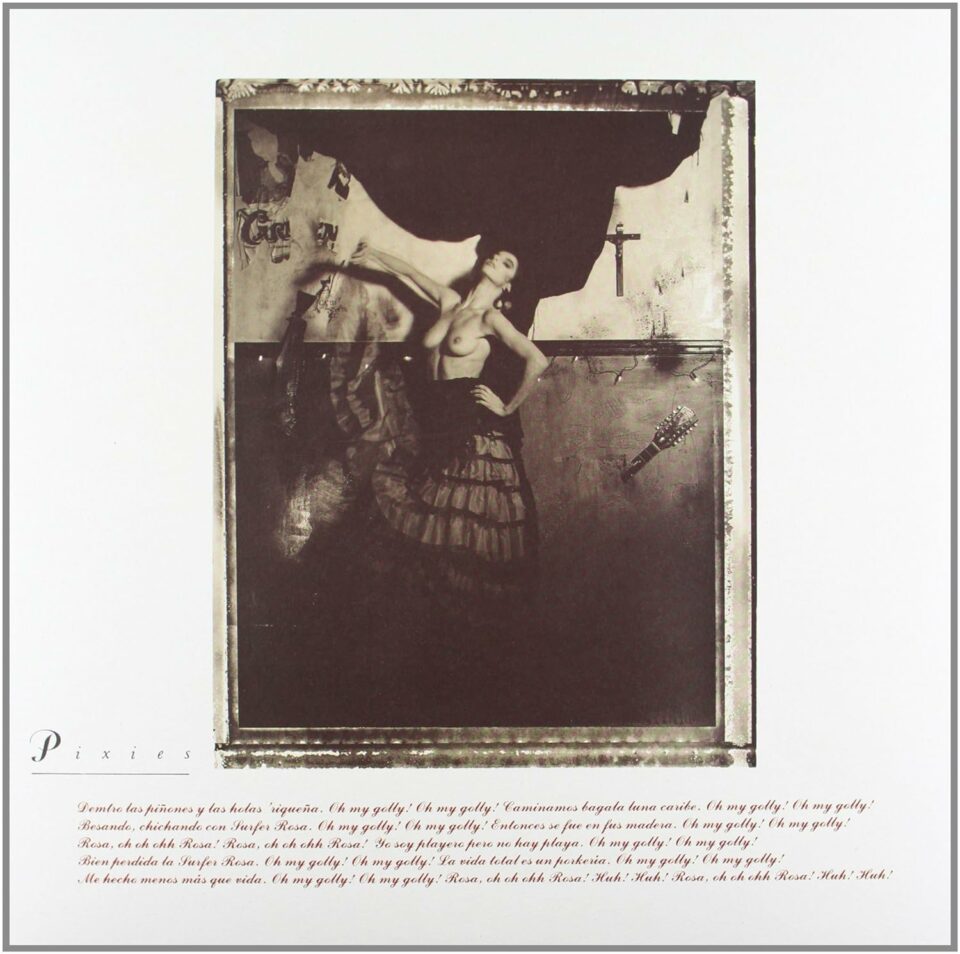
Pixies, Surfer Rosa (1988)
The blueprint for the best, most original American alternative music since the dawn of The Velvet Underground’s debut came predominantly through Albini’s tricks-not-tricks in unadorning the Pixies’ sound.
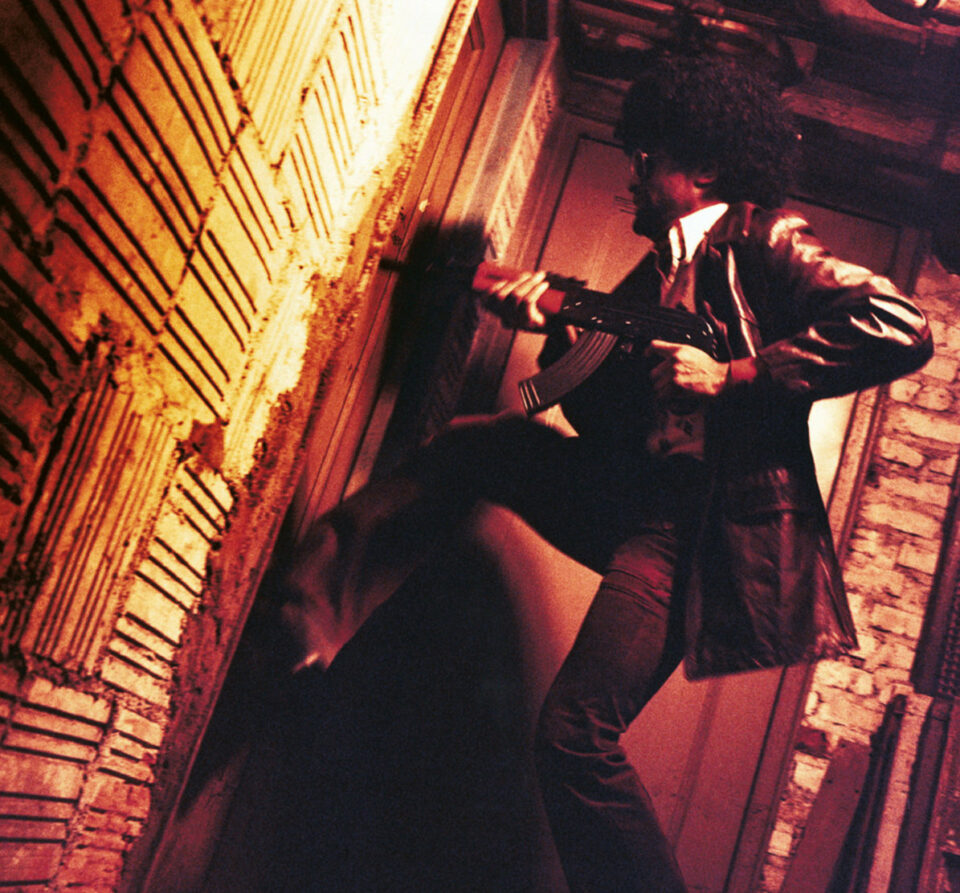
Pussy Galore, Dial ‘M’ for Motherfucker (1989)
The gnarly tone of skuzz-ball garage rock via East Village late-1980s was the province of Pussy Galore and twin guitarists Jon Spencer and Neil Hagerty, pre-Blues Explosion and Royal Trux, respectively. Albini just made it bolder and broader on ‘M.’

The Breeders, Pod (1990)
Playing on the legend that Albini felt closer to Pixies’ Kim Deal than he did Black Francis during their Surfer Rosa sessions, Deal’s Breeders album Pod becomes a blistering instant classic. The twin guitars of Deal and Tanya Donelly cut a dark path through Josephine Wiggs and Britt Walford’s pummeling rhythms on co-writes such as “Only in 3’s,” and Kim’s voice shows true command throughout.

The Jesus Lizard, Goat (1991)
Head may have made for the first meeting of the minds between Albini and psycho-dramatist David Yow’s crunching, wonky, stop-start ensemble. But Goat is the more powerfully pugnacious of their collaborations, with Yow’s menacing vocal rants cut low in the mix and Duane Denison’s guitars treated like atmospheric spider-webbing wallpaper.

Chris Connelly, Whiplash Boychild (1991)
Sadly all but forgotten in alt-music stakes, Connelly was (is, I mean—he’s still alive) the David Bowie of industrial rock, and Albini helped bring out the nuanced drama in his voice while nestling him in a bed of brutal guitars.
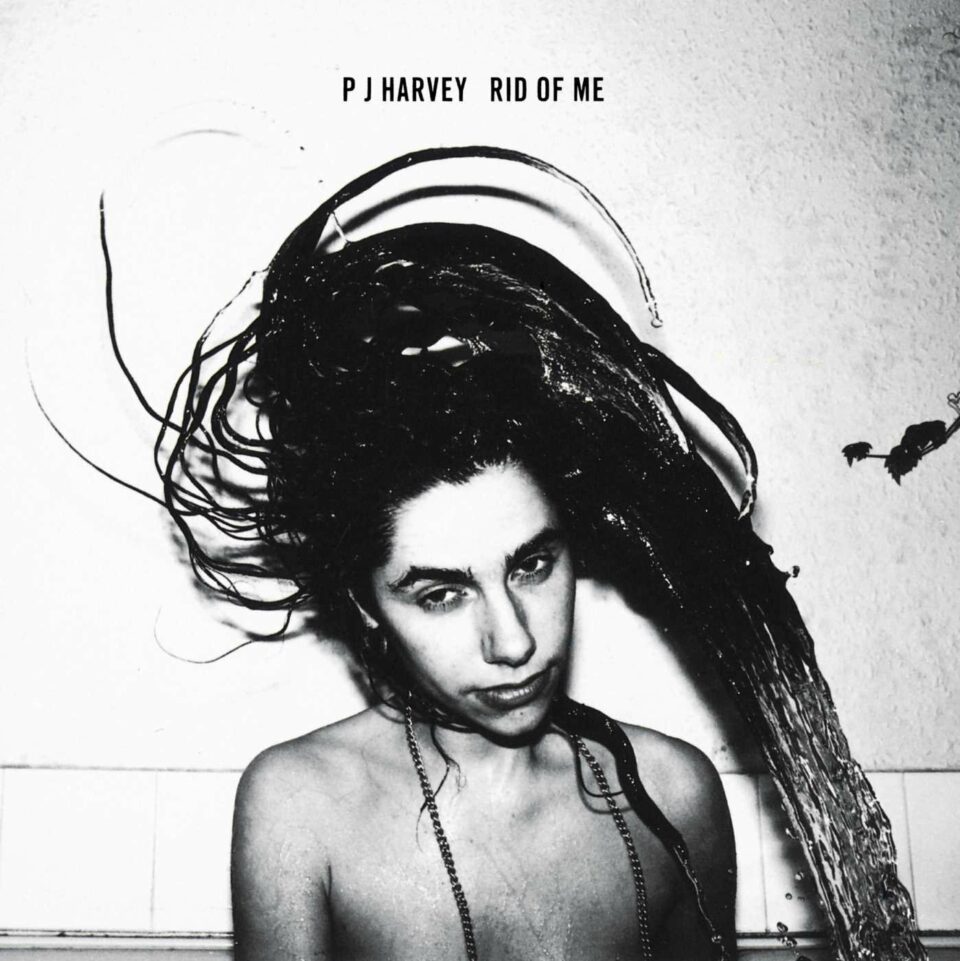
PJ Harvey, Rid of Me (1992)
Making the bleak bleaker and the blues more mean-red, Albini crafted an aggressive hollow-point environment for Rid of Me’s raw, poetic lyricism and gut-shot vocals.

Nirvana, In Utero (1992)
You make no friends by telling anyone who’ll listen that In Utero is the best of Kurt Cobain’s recorded work—sinewy and dirtier than Nevermind, and more apt a primal framework for the lyricist’s primal-scream mood swings.
RELATED: Nirvana’s In Utero: The Heart-Shaped Album That Married Mainstream and Indie Rock

Shellac, At Action Park (1994)
The producer’s other band, Shellac, picked up where Big Black left off, only louder, steered by ascending tempo, and with more intense rhythms, flips and dips, and a sense of dynamics beyond anything Albini had attempted in his past as a recording artist. In many ways, having engineered/steered Nirvana and Helmet prior to this set the stage for At Action Park.
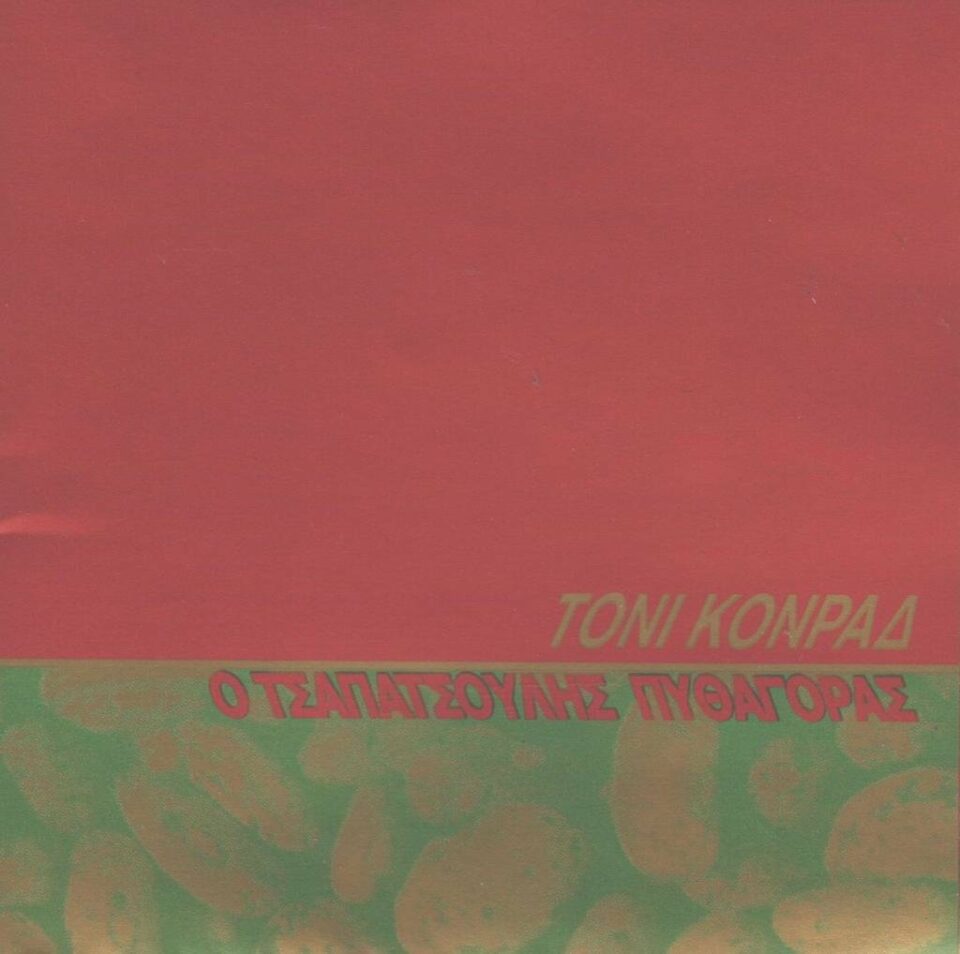
Tony Conrad, Slapping Pythagoras (1995)
Conrad, an associate of John Cale, Marian Zazeela, and La Monte Young, was utilizing drone pulses and hypnotic musicality before your parents were in diapers. Albini merely stripped away drone’s more ethereal, sympathetic elements for something knottier and pensive.

Dirty Three, Ocean Songs (1998)
Before violinist Warren Ellis sold his soul to Nick Cave, the Australian music-maker (along with Mick Turner and Jim White) created a thrumming, improvisational brand of rock that Albini made more alive—and less free-jazzy—on what, I think, is their best album.
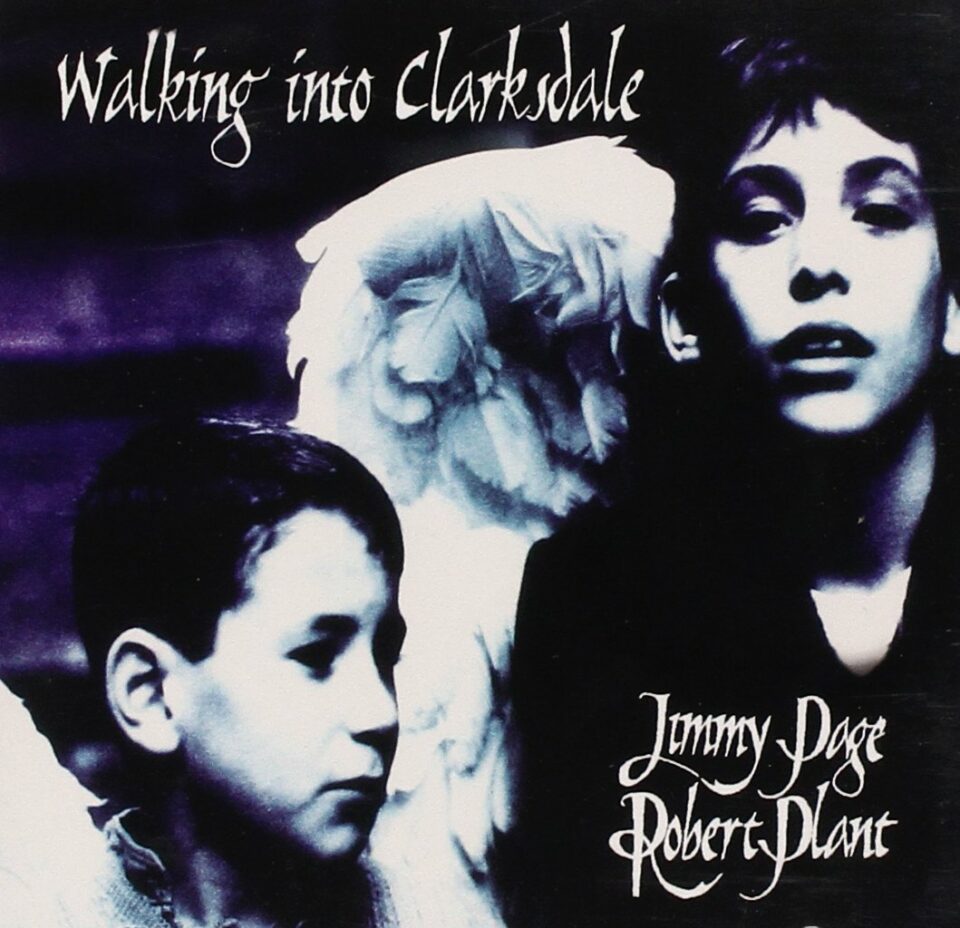
Jimmy Page and Robert Plant, Walking into Clarksdale (1998)
How do you bring out the best of Led Zep’s core without all the Anglo-folksy, Tolkien-esque folderol? Strip the band down to a quartet, record each song in one take, and keep the sentiment and the sound minimalist and unsentimental. Albini also did the very same thing with un-pretty-fying Cheap Trick on their edgiest-ever album, Rockford.

Joanna Newsom, Ys (2006)
Newsom’s gorgeous, self-penned meditation for harp, voice, and image-heavy poem-songs is so spare and spontaneous, so quickly bristling with thought and feeling, that you’ll imagine Ys as a lovers’ conversation.
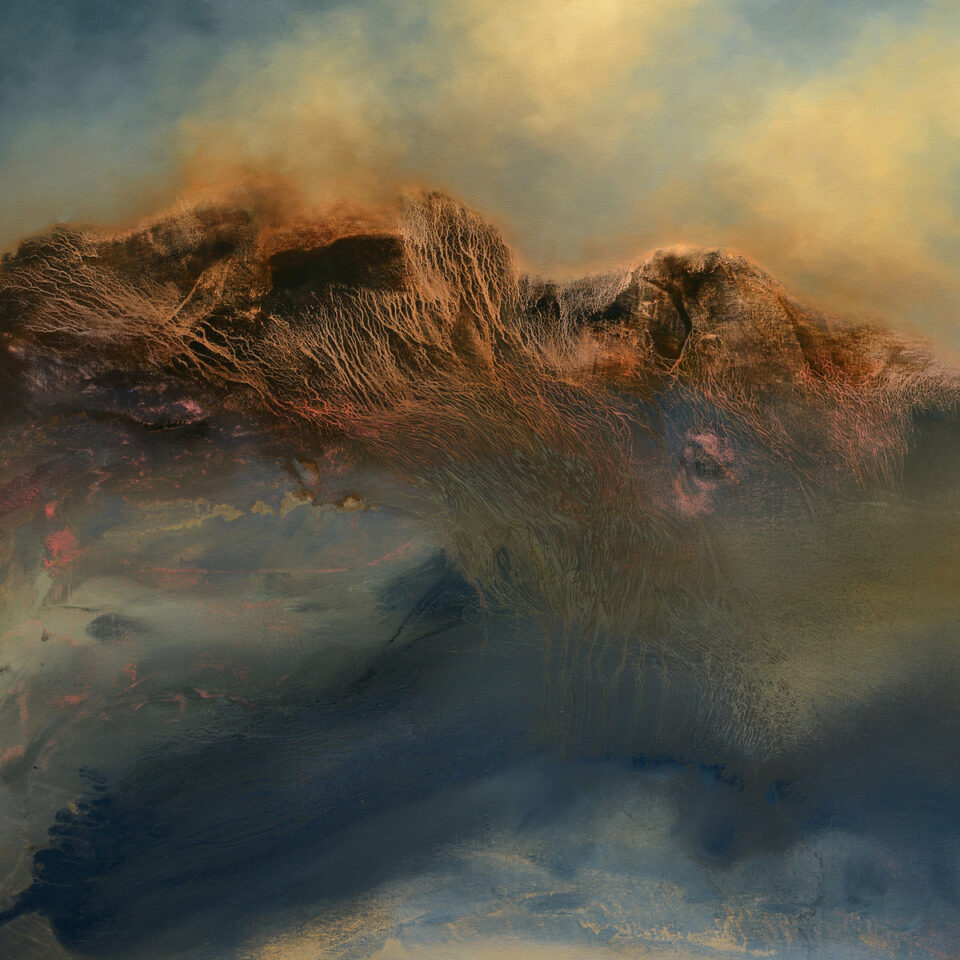
Sunn O))), Life Metal and Pyroclasts (2019)
Albini took the lessons learned from drone king Tony Conrad and applied them to the sinister doom metal moan of Seattle’s Sunn O))) on their two finest albums. Though they’re often regarded as being among metal’s most groundbreaking outfits, Albini—in a match made in heaven—brings color, shade, and even linearity to Sunn O)))’s wild specter-like theatrics.
Further listening in the bible of Albini:
Boss Hog, Drinkin', Lechin' & Lyin' EP (1989)
Superchunk, No Pocky for Kitty (1991)
Helmet, Meantine (1992)
Red Krayola, Red Krayola (1994)
Silkworm, Libertine (1994)
Jawbreaker, 24 Hour Revenge Therapy (1994)
Palace Music, Arise Therefore (1996)
Guided by Voices, Under the Bushes Under the Stars (1996)
Smog, Kicking a Couple Around (1996)
Pansy Division, Absurd Pop Song Romance (1998)
Don Caballero, American Don (2000)
Edith Frost, Wonder Wonder (2001)
Low, Things We Lost in the Fire (2001)
Neurosis, A Sun That Never Sets (2001)
mclusky, Mclusky Do Dallas (2002)
Godspeed You! Black Emperor, Yanqui U.X.O. (2002)
Songs: Ohia, The Magnolia Electric Co. (2003)
Jarvis Cocker, Further Complications (2009)
Cloud Nothings, Attack on Memory (2012)
Screaming Females, Ugly (2012)
Ty Segall, Freedom’s Goblin (2018)
Liturgy, 93696 (2023)






